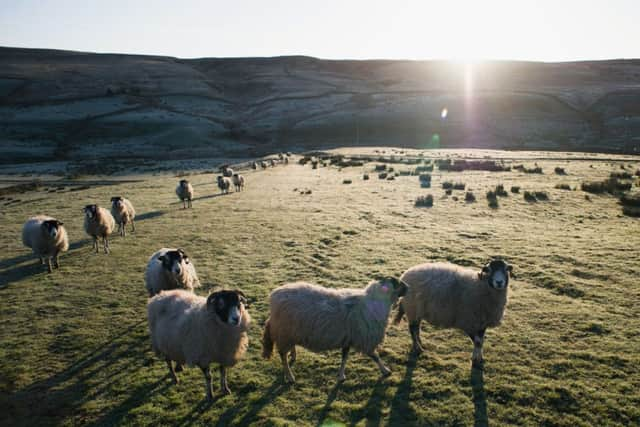Scotland gets green light for coupling up to 13%


The news followed a meeting in Edinburgh with Richard Lochhead, the Cabinet secretary for rural affairs and the environment, and it is the latest twist in securing a policy that could be critical to keeping livestock production in many parts of Scotland.
Up until now, the top limit on linked or coupled support under the next CAP was 8 per cent, with the additional 5 per cent up to 13 per cent being kicked back and forward between Brussels, Westminster and London. The European Union claimed at one stage that the additional link would fall foul of CAP policy. However, following talks between the EU and the UK that position has now changed.
Advertisement
Hide AdAdvertisement
Hide AdPaterson, said he was pleased to confirm that following complex negotiations with the European Commission, Scotland did have the freedom to work up a scheme using 13 per cent coupling.
“It’s now up to the Scottish Government to decide whether to resolve the problem of rough grazing areas via a coupled or area payment scheme.”
He confirmed that whichever option was decided upon, the allocation would come entirely from the Scottish budget and that any legal or disallowance cost would be borne by Scotland.
Lochhead welcomed the decision, which will provide more flexibility in providing targeted support in many parts of Scotland where livestock production is a critical part of the farming economy.
“One of the biggest common agricultural policy reform decisions facing me is how best to support active farmers in rough grazing regions,” said Lochhead.
“I am currently having intense discussions with stakeholders about whether a third payment region or a higher rate of coupled support offers the best option. Clearly, if we are to use UK flexibility for a higher rate of coupled support, then the scheme will have to be designed so that it can only apply in Scotland.”
Welcoming the announcement, Nigel Miller, the president of the National farmers Union of Scotland said that it firmly put the decision-making from now on within the grasp of the Scottish Government. “This opens up the prospect of different approaches and, therefore, time must be taken to explore the possible avenues,” he said.
One possible route for the support could be through the sheep sector. George Milne, the development manager in Scotland for the National Sheep Association, said that unless all of the extra cash came to the sheep sector, the additional administration required for coupled support would not make it worthwhile. His committee will discuss the matter today.
Advertisement
Hide AdAdvertisement
Hide AdGeorge Lyon MEP said the announcement would go a long way towards putting people’s minds at rest. “The fact that we are here at all is testament to the work of both governments in Brussels.
“The most important thing here was to reach a solution that works for our industry. I am pleased that Defra and the Scottish Government have found a way forwards that will allow us to deliver the increased coupled payments that farmers wanted.”